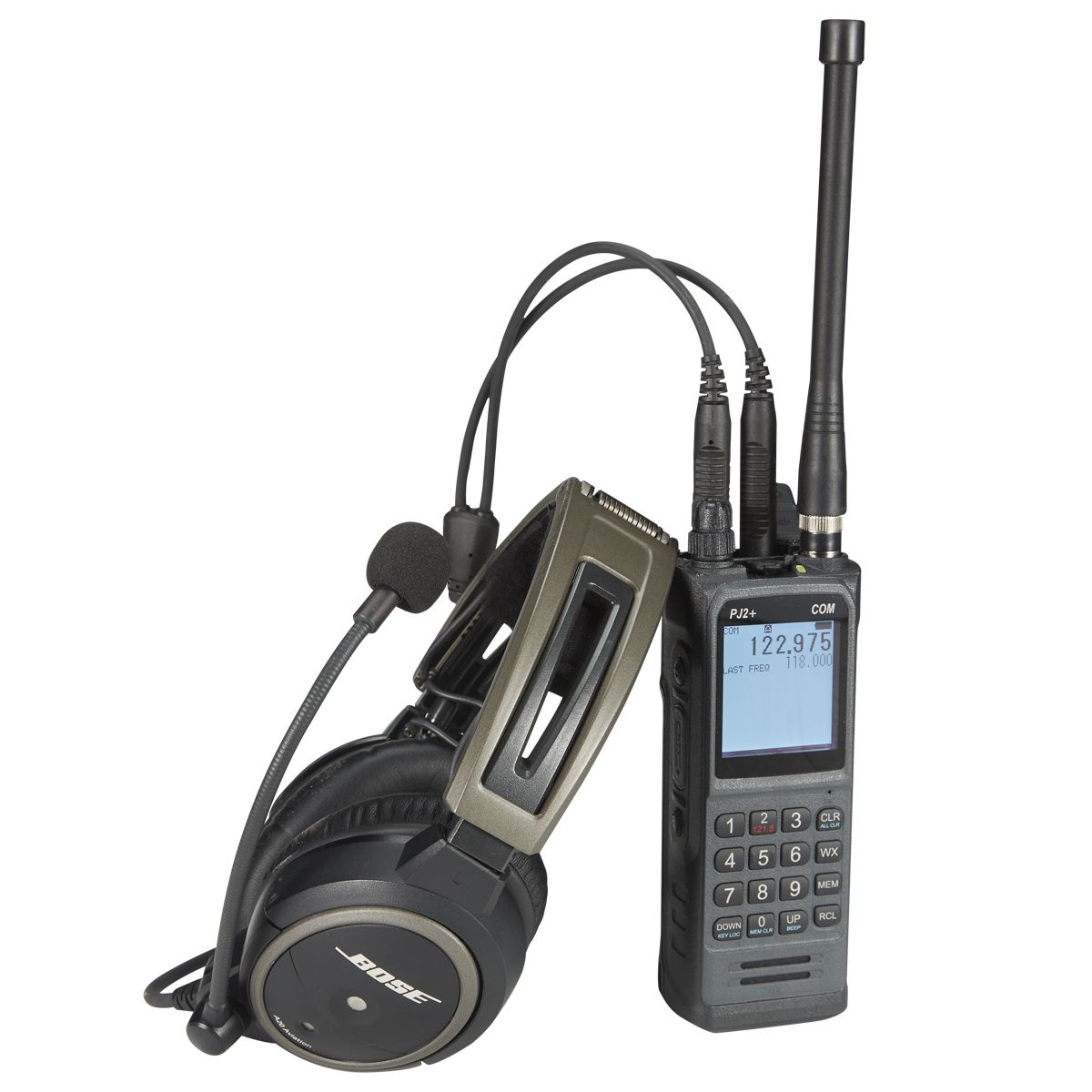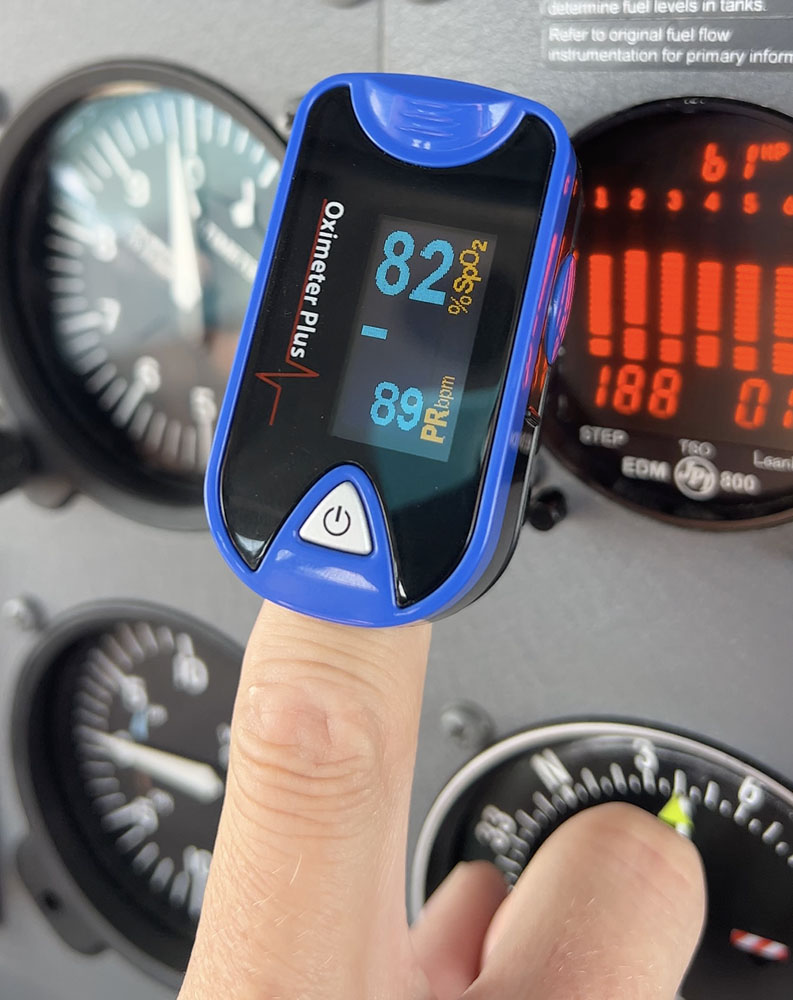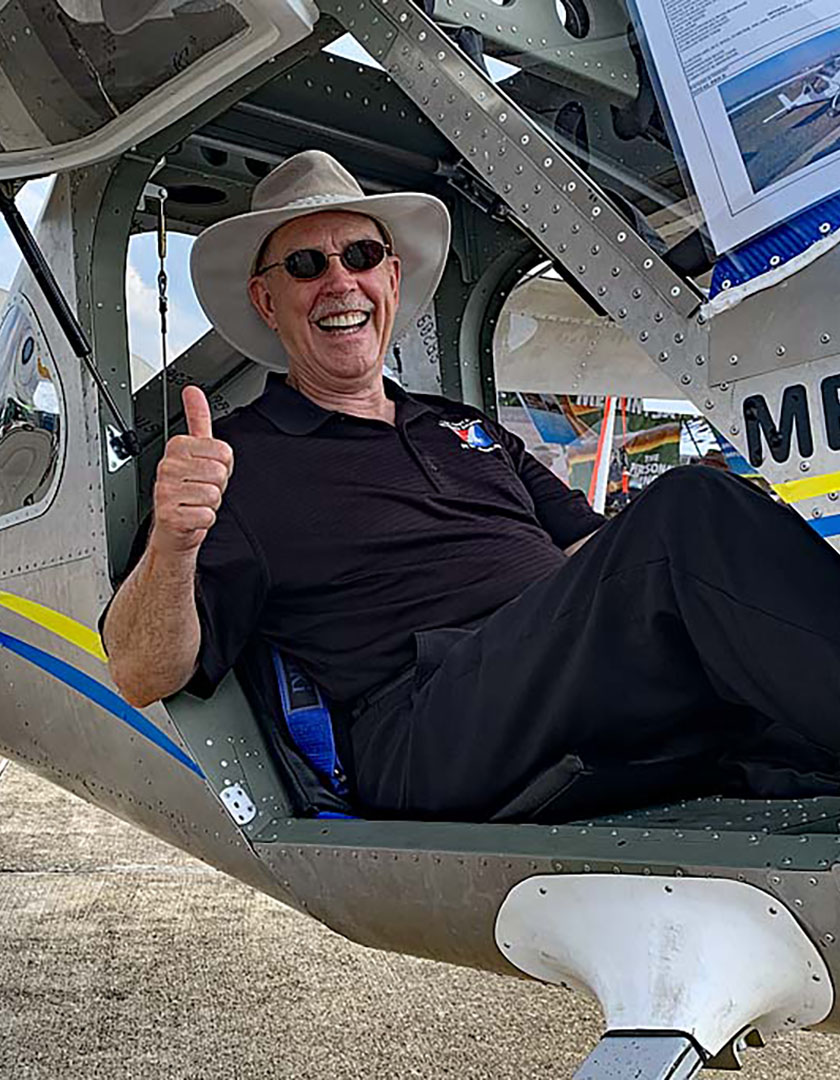I remember my first time doing flight training at night. I was terrified and had a million questions for my flight instructor: How was I supposed to navigate without seeing the ground? Without a horizon, could I keep it level? What happens when I’m lost? How will I avoid birds? Are flying squirrels really a thing?
It didn’t take many flights for me to really start to appreciate flying at night. In many ways, it is better than flying during the day. Aircraft are more readily available at the flight school, it’s normally smoother and clearer than during the day, and there are fewer aircraft up there to contend with. Flying at night is one of the many privileges we have as Private pilots, and what good is a privilege if you don’t exercise it?
But night flight isn’t without some challenges. Here are my top three hacks to make your night flights more enjoyable.
#1 Pick the right flashlight
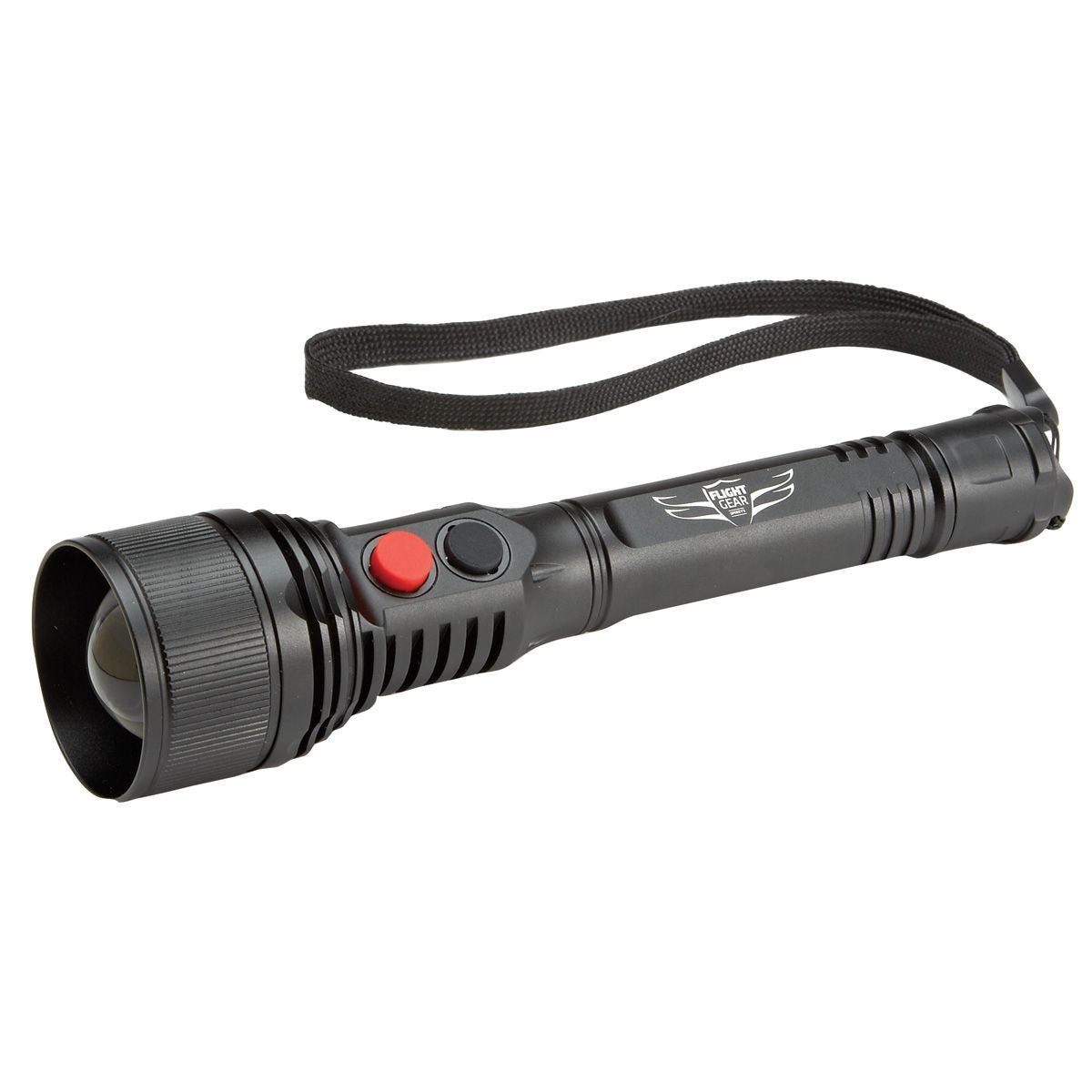 While there are plenty of flashlights out there, you want to make sure you get the right one. While you can get 10 flashlights for $5 at discount stores, you’ll want to stay away from these as they are likely going to fail when you need it. My top three requirements for a flashlight are:
While there are plenty of flashlights out there, you want to make sure you get the right one. While you can get 10 flashlights for $5 at discount stores, you’ll want to stay away from these as they are likely going to fail when you need it. My top three requirements for a flashlight are:
- Red and white light. White for preflight and red to preserve night vision.
- Independent buttons to operate the red and white light. It doesn’t make sense to scroll through the white light and destroy your night vision to get to the red light.
- Standard alkaline batteries. There is something reassuring about being able to replace your batteries when they are dead instead of having to find a special cable to charge up your light before each flight. Bonus points if your flashlight uses AA batteries. Most ANR headsets use AA batteries, so you now have a backup battery source.
The flashlight I keep in my bag is the Flight Gear Flashlight from Sporty’s, as it satisfies all 3 of my requirements and is not overly expensive.
#2 Headlamp, or is it a neck light?
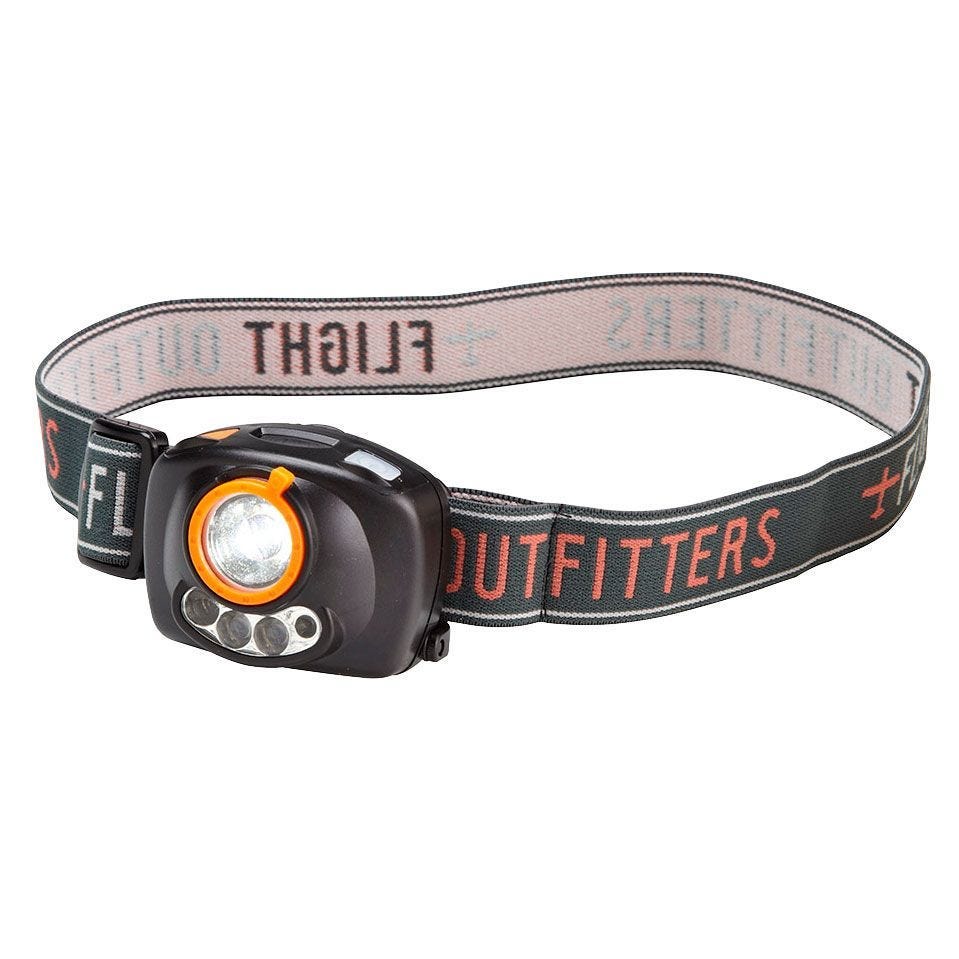 Some pilots, myself included, prefer a headlamp. You have enough stuff in the cockpit to keep your hands occupied without having to hold a flashlight. Using a headlamp is a convenient way to free up your hands, but it could be cumbersome to put on and it can get in the way of your headset.
Some pilots, myself included, prefer a headlamp. You have enough stuff in the cockpit to keep your hands occupied without having to hold a flashlight. Using a headlamp is a convenient way to free up your hands, but it could be cumbersome to put on and it can get in the way of your headset.
I like to put my headlamp around my neck like a necklace. Turning on a red headlamp around your neck can fill the cockpit with enough soft light to see everything without waking any sleeping passengers.
Pro tip: If your headlamp has a bracket normally used for aiming the light down off your forehead, put the headlamp around your neck upside down. This will provide better directional control for your new neck light.
My go-to headlamp is the Flight Outfitters headlamp, as it has independent buttons for the red and white light.
#3 Use Oxygen to stay sharp
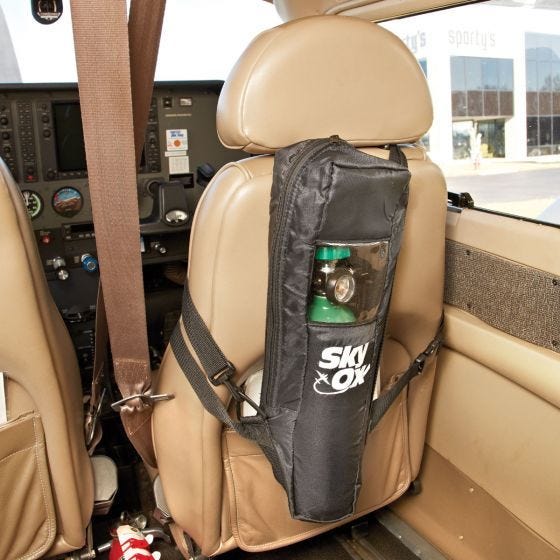 On one of my early cross country night flights, my instructor did a little experiment that has stuck with me to this day. We leveled off at 8500 feet and flew for about an hour. He took out an oxygen system and told me to look at the city lights in the distance while taking a few breaths of oxygen. It was like the whole town was on a dimmer switch and somebody just cranked it up.
On one of my early cross country night flights, my instructor did a little experiment that has stuck with me to this day. We leveled off at 8500 feet and flew for about an hour. He took out an oxygen system and told me to look at the city lights in the distance while taking a few breaths of oxygen. It was like the whole town was on a dimmer switch and somebody just cranked it up.
It illustrated to me the effects of hypoxia and the benefits of using oxygen when flying at higher altitudes. You can grab a complete portable oxygen system for just over $500, or you can grab a few of these smaller Boost canisters. A few hits of oxygen before descending will keep you sharp for those night approaches.
Putting these three items in your flight bag should help make your night flights more enjoyable. But don’t forget to watch out for those flying squirrels, especially at night.
Watch our video PIREP below:

